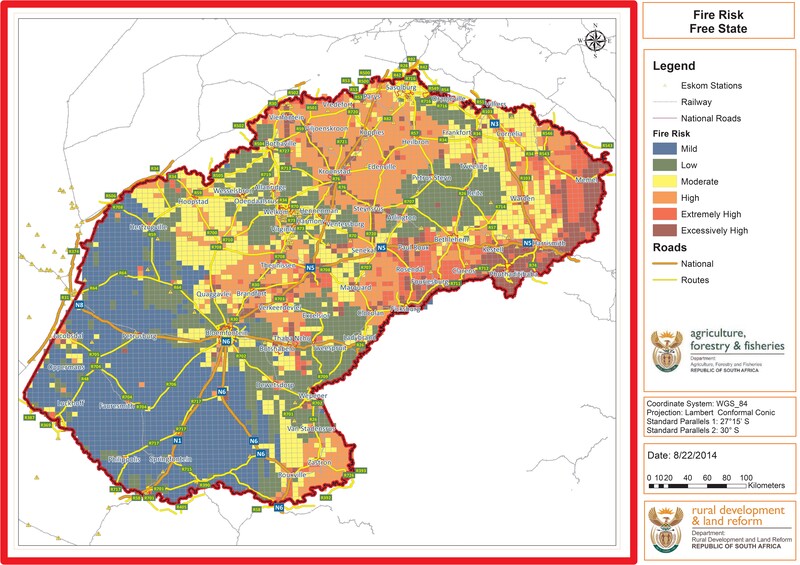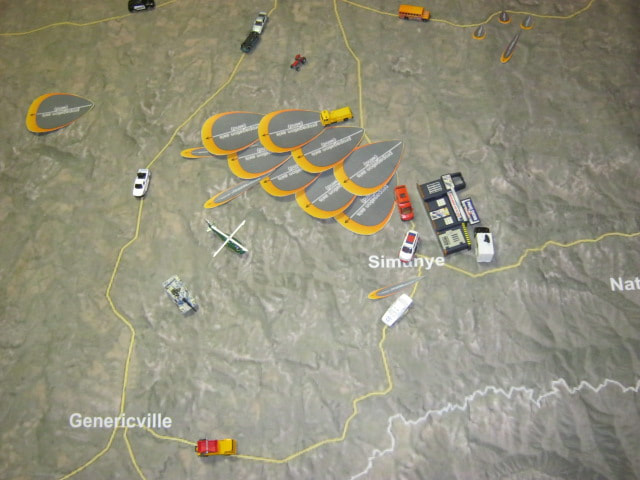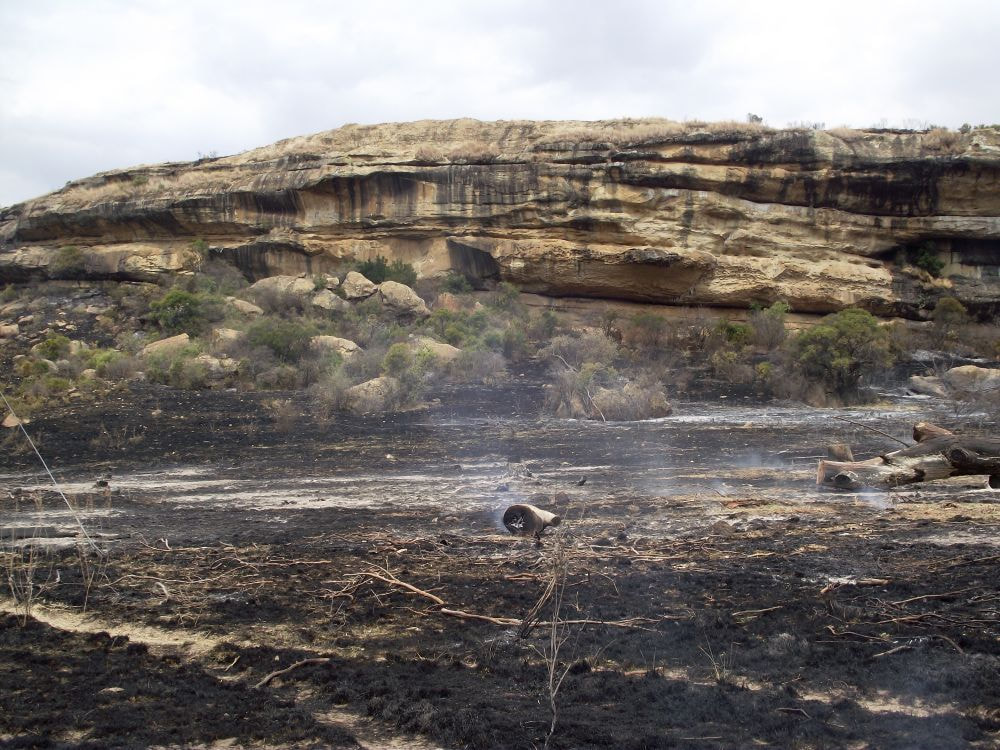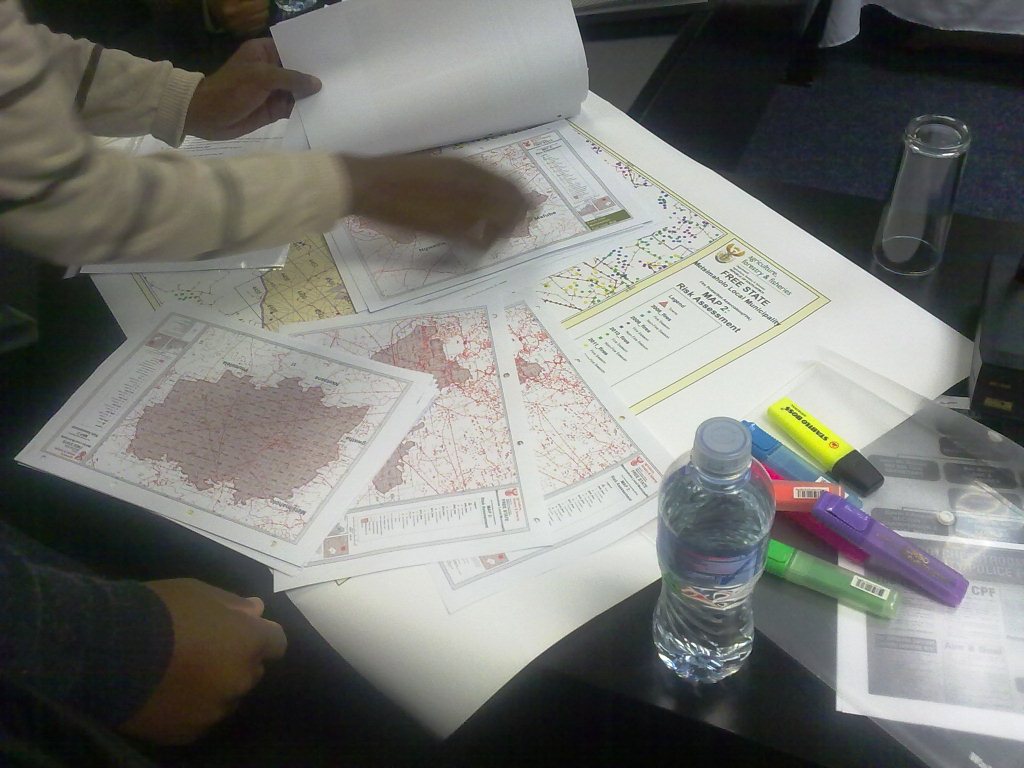- Home
- Magazines
-
Newsletters
- 19 July 2024
- 12 July 2024
- 5 July 2024
- 28 June 2024
- 14 June 2024
- 7 June 2024
- 31 May 2024
- 24 May 2024
- 17 May 2024
- 10 May 2024
- 3 May 2024
- 26 April 2024
- 19 April 2024
- 12 April 2024
- 22 March 2024
- 15 March 2024
- 8 March 2024
- 1 March 2024
- 23 February 2024
- 16 February 2024
- 9 February 2024
- 26 January 2024
- 19 January 2024
- 12 January 2024
- 22 December 2023
- 1 December 2023
- 24 November 2023
- 10 November 2023
- 3 November 2023
- 27 October 2023
- 20 October 2023
- 13 October 2023
- 6 October 2023
- 29 September 2023
- 22 September 2023
- 15 September 2023
- 8 September 2023
- 25 August 2023
- 18 August 2023
- 11 August 2023
- 4 August 2023
- 28 July 2023
- 21 July 2023
- 14 July 2023
- 7 July 2023
- 30 June 2023
- 23 June 2023
- 15 June 2023
- 2 June 2023
- 26 May 2023
- 19 May 2023
- 12 May 2023
- 5 May 2023
- 28 April 2023
- 21 April 2023
- 14 April 2023
- 6 April 2023
- 31 March 2023
- 24 March 2023
- 17 March 2023
- 10 March 2023
- 3 March 2023
- 24 February 2023
- 17 February 2023
- 10 February 2023
- 3 February 2023
- 27 January 2023
- 13 January 2023
- 22 December 2022
- 15 December 2022
- 9 December 2022
- 2 December 2022
- 25 November 2022
- 18 November 2022
- 11 November 2022
- 4 November 2022
- Advertising
- Subscribe
- Articles
-
Galleries
- AOSH Firexpo 2024
- Midvaal Fit to Fight Fire 2024
- WoF KNP 2023 Gallery
- TFA 2023 Gallery
- DMISA Conference 2023
- ETS 2023 Gallery
- Drager Fire Combat and Rescue Challenge 2023
- AOSH Firexpo 2023
- Midvaal Fit to Fight Fire
- WC IFFD 2023
- NMU 13th Fire Management Symposium 2022
- JOIFF Africa Conference 2022
- ETS 2022 Gallery
- TFA 2022 Gallery
- IFFD 2018
- SAESI
- TFA
- WRC 2018
- WRC 2019
- A-OSH/Securex
- IFE AGM 2019
- ETS Ind Fire Comp Nov 2019
- ETS Challenge 2021
- Drager launch
- Drager Fire Combat and Rescue Challenge 2022
- TFA
- Contact
- Home
- Magazines
-
Newsletters
- 19 July 2024
- 12 July 2024
- 5 July 2024
- 28 June 2024
- 14 June 2024
- 7 June 2024
- 31 May 2024
- 24 May 2024
- 17 May 2024
- 10 May 2024
- 3 May 2024
- 26 April 2024
- 19 April 2024
- 12 April 2024
- 22 March 2024
- 15 March 2024
- 8 March 2024
- 1 March 2024
- 23 February 2024
- 16 February 2024
- 9 February 2024
- 26 January 2024
- 19 January 2024
- 12 January 2024
- 22 December 2023
- 1 December 2023
- 24 November 2023
- 10 November 2023
- 3 November 2023
- 27 October 2023
- 20 October 2023
- 13 October 2023
- 6 October 2023
- 29 September 2023
- 22 September 2023
- 15 September 2023
- 8 September 2023
- 25 August 2023
- 18 August 2023
- 11 August 2023
- 4 August 2023
- 28 July 2023
- 21 July 2023
- 14 July 2023
- 7 July 2023
- 30 June 2023
- 23 June 2023
- 15 June 2023
- 2 June 2023
- 26 May 2023
- 19 May 2023
- 12 May 2023
- 5 May 2023
- 28 April 2023
- 21 April 2023
- 14 April 2023
- 6 April 2023
- 31 March 2023
- 24 March 2023
- 17 March 2023
- 10 March 2023
- 3 March 2023
- 24 February 2023
- 17 February 2023
- 10 February 2023
- 3 February 2023
- 27 January 2023
- 13 January 2023
- 22 December 2022
- 15 December 2022
- 9 December 2022
- 2 December 2022
- 25 November 2022
- 18 November 2022
- 11 November 2022
- 4 November 2022
- Advertising
- Subscribe
- Articles
-
Galleries
- AOSH Firexpo 2024
- Midvaal Fit to Fight Fire 2024
- WoF KNP 2023 Gallery
- TFA 2023 Gallery
- DMISA Conference 2023
- ETS 2023 Gallery
- Drager Fire Combat and Rescue Challenge 2023
- AOSH Firexpo 2023
- Midvaal Fit to Fight Fire
- WC IFFD 2023
- NMU 13th Fire Management Symposium 2022
- JOIFF Africa Conference 2022
- ETS 2022 Gallery
- TFA 2022 Gallery
- IFFD 2018
- SAESI
- TFA
- WRC 2018
- WRC 2019
- A-OSH/Securex
- IFE AGM 2019
- ETS Ind Fire Comp Nov 2019
- ETS Challenge 2021
- Drager launch
- Drager Fire Combat and Rescue Challenge 2022
- TFA
- Contact
|
6 April 2023
|
Featured FRI Magazine article: Why risk mapping is important by Malcolm Proctor
This week’s featured Fire and Rescue International magazine article is: Why risk mapping is important written by Malcolm Proctor. We will be sharing some technical articles from Fire and Rescue International magazine on a weekly basis with our readers to assist in technology transfer. This will hopefully create an increased awareness, providing you with hands-on advice and guidance. All our magazines are available free of charge in PDF format on our website and online at ISSUU. We also provide all technical articles as a free download in our article archive on our website.
Why risk mapping is important written by Malcolm Proctor
The definition of a risk assessment states that it is the process of estimating the likelihood and magnitude of the occurrence of an unwanted, adverse effect. It has its roots in the insurance industry, and initially was applied to engineering and nuclear science. The risk assessment approach also often is applied to areas where multiple stressors may be interacting or where comparative risks need to be assessed. It is used to delineate stressor-induced ecological responses can be used to make predictions about the potential for future recovery. Furthermore, predicting the efficacy and associated risks of alternative management scenarios is a natural application of the risk assessment paradigm.
As wildfires cause harm and damage to people, property, infrastructure, economies and the environment, the goals of sustainable development are put to jeopardy. Disaster recovery and rehabilitation efforts require enormous funds that, amidst insufficient contingency funds, are taken out from other development programme that are planned or underway, thereby impeding development efforts.
Therefore, it is important that wildfire mitigation programmes are made an integral part of developmental programme. At the same time, efforts to enhance the capacities of communities and coping systems at various levels and sectors towards self-reliance and self-sufficiency in managing disasters effectively must be sustained.
“Understanding and identifying various types of vulnerabilities such as human, social, economic, and environmental as well as the nature of natural hazards, are essential components of such efforts”. Adapted from de Guzman EM towards Total Disaster Risk Management Approach.
The basic question is: if there are only limited resources available for doing mitigation work, where would resources best be utilised? Technological advancements in fire fighting should have had a decisive positive effect by now, if the problem was only a matter of fire suppression, especially given the serious general increase in fire fighting budgets in this time period.
However, the reality is quite different. It can easily be shown that the problem is much more complex than just improving fire fighting effectiveness alone. It has to do with factors affecting the occurrence of fires, its characteristics and destruction potential. It also has to do with environmental factors, social evolution, economic development and even politics as well as institutional arrangements.
In the face of tight budget constraints and many competing demands for public resources, there is widespread pressure to demonstrate that aid resources are well spent. As the extent and expectations of fire management continue to rise, so too will the need and demand for clarity and transparency in balancing fire costs and losses and in optimising the minimisation of both. “Common sense dictates we invest more in preparing for fires and preventing them before they start, which will pay for itself in the long run,”(De Bonis M, Southwest Region Director of the Forest Guild in New Mexico.)
Because of the significant economic and human impacts of wildfires, it's important to address how to mitigate their effects. Risk assessment helps fire managers and planners identify the locations of likely impacts and analyse mitigation measures before a catastrophe. Wildfire risk assessments also serve as a baseline for monitoring change in fire susceptibility and effects.
When people become aware of a hazard and its potential to affect them, they make decisions about how they will respond to the risk. For some, this is a considered process of information gathering, decision-making and deliberate action. For others it may be an ‘unconscious’, relatively spontaneous response to the realisation that the threat exists, in which case ‘preparedness’ might consist of the intention to flee at the first sign of fire.
In other words, it is suggested that everyone makes choices about how to use or not use their skills and resources in relation to the risk. The choices people make reflect the influence of an array of factors such as their perception of the risk, personal attributes, experiences, situational factors, social influences and so on.
The following quotations are of relevance:
The dates specified in the Disaster Management Act for finalising of plans are as follows:
Time frame
Progress required
Within two years of the commencement of the act
2003+ 2 years = 2005
All national, provincial and municipal organs of state will have submitted to the NDMC at a minimum,
Level 1 DRM plan, this requires an estimation of the level of risk posed by a threat in relation to others, so that priority setting can take place (South Africa, 2005:30).
Within three years of the commencement of the act
2003+ 3 years = 2006
All national, provincial and municipal organs of state will have submitted to the NDMC at a minimum,
Level 2 DRM plan requires a process of ‘risk evaluation’ to have taken place whereby a ‘multidisciplinary, comprehensive’ DRA is conducted. Prioritisation of risk and ‘at risk groups, areas and developments’ is required (South Africa, 2005:30). .
NDMF: ‘hard science’ or natural sciences expertise to feature much more strongly from this level of plan onwards.
Within four years of the commencement of the act
2003+ 4 years = 2007
All national, provincial and municipal organs of state will have submitted to the NDMC at a minimum,
Level 3 DRM plan this requires measures to be in place for monitoring and updating of risk management plans.
Current progress towards compliance of the disaster management act:
All of the above mentioned assessments are now a few years old and as the risks from wildfires changes, they have become outdated, conducting wildfire risk assessments has not been included in the DAFF strategy for the next five years.
Components of a risk assessment
An analysis of fire threat should at least:
Setting priorities for planning
The information gathered provides a factual basic to set priorities for planning.
Knowing where the fires occur allows us to do something about them, without a risk analysis both the fire protection associations (FPAs) and the department are BLIND as fire risk has not been prioritised; Section 15 exemptions are being approved without any scientific risk based data, awareness campaigns conducted on an ‘ad hoc’ basis and nothing can be done to address the causes of fires and in all likelihood it will continue to burn causing damage.
Identification of hazards and vulnerability and commitment to risk management is therefore essential for sustainable development, sustainable development can only be achieved by integrating disaster risk reduction into planning and practice. Fire managers seek a balance between costs such as of fire suppression or prevention and losses such as timber resources, conservation values and property. They achieve this by implementing management actions such as fire suppression, prevention, preparation and protection in accordance with the perceived importance and urgency of suppressing fires within a particular time and extent and of protecting values. It is also possible that if the Government’s policy response is developed in advance of the urgency of loss, the policy will be more cost-effective, efficient and consistent with long-term objectives.
The history of wildfires can provide a valuable dimension for risk assessment. Wildfire management mitigation interventions, based on landscape risk analysis lead to a more efficient and effective application of available resources. Over time, mitigation measures/achievements will become measurable and in addition to this, awareness interventions can be highlighted and successes monitored.
Conclusion
As the extent and expectations of fire management continue to rise, so too will the need and demand for clarity and transparency in balancing fire costs and losses, and in optimising the minimisation of both. Analysis of fire threat is a vital future need and, despite the difficulties, progress is essential.
Pre-loss planning helps get mitigation measures on to the policy agenda. Often disaster risk management projects are not undertaken in isolation but rather combined with other considerations bringing about improvements in conditions. After a disaster assistance policy is enacted and a loss has occurred, its cost is largely sunk. Postdisaster assistance at current law levels is largely beyond the control of policy makers. It is also possible than if the government’s policy response is developed in advance of the urgency of loss, the policy will be more cost-effective, efficient, and consistent with long-term objectives. Well-specified and established policies will also permit those at risk to adopt mitigation measures and make plans for their recovery, consistent with their own preferences and the government’s planned response.
Activities that are particularly useful and likely to be sustained are those that bring tangible benefit in their own right such as, for example, the development and usage of data sets and strategies on fuel levels and access times. More complex analyses of fire threat can build on such work as resources and insights permit. Whatever method is used, its assumptions and justifications must be evaluated and documented.
Any method or exercise to analyse fire threat needs to address many issues relating to purpose, the inherent mobility of wildfire, rating and combining factors, probabilities, scale, management actions, boundaries, quantifying fire severity and constraints. The method needs to be neither simplistic nor too theoretical. Otherwise the results will lack validity, usefulness, or both; probably to a serious extent.
https://www.frimedia.org/uploads/1/2/2/7/122743954/risk-mapping-vol-3-no2.pdf
Why risk mapping is important written by Malcolm Proctor
The definition of a risk assessment states that it is the process of estimating the likelihood and magnitude of the occurrence of an unwanted, adverse effect. It has its roots in the insurance industry, and initially was applied to engineering and nuclear science. The risk assessment approach also often is applied to areas where multiple stressors may be interacting or where comparative risks need to be assessed. It is used to delineate stressor-induced ecological responses can be used to make predictions about the potential for future recovery. Furthermore, predicting the efficacy and associated risks of alternative management scenarios is a natural application of the risk assessment paradigm.
As wildfires cause harm and damage to people, property, infrastructure, economies and the environment, the goals of sustainable development are put to jeopardy. Disaster recovery and rehabilitation efforts require enormous funds that, amidst insufficient contingency funds, are taken out from other development programme that are planned or underway, thereby impeding development efforts.
Therefore, it is important that wildfire mitigation programmes are made an integral part of developmental programme. At the same time, efforts to enhance the capacities of communities and coping systems at various levels and sectors towards self-reliance and self-sufficiency in managing disasters effectively must be sustained.
“Understanding and identifying various types of vulnerabilities such as human, social, economic, and environmental as well as the nature of natural hazards, are essential components of such efforts”. Adapted from de Guzman EM towards Total Disaster Risk Management Approach.
The basic question is: if there are only limited resources available for doing mitigation work, where would resources best be utilised? Technological advancements in fire fighting should have had a decisive positive effect by now, if the problem was only a matter of fire suppression, especially given the serious general increase in fire fighting budgets in this time period.
However, the reality is quite different. It can easily be shown that the problem is much more complex than just improving fire fighting effectiveness alone. It has to do with factors affecting the occurrence of fires, its characteristics and destruction potential. It also has to do with environmental factors, social evolution, economic development and even politics as well as institutional arrangements.
In the face of tight budget constraints and many competing demands for public resources, there is widespread pressure to demonstrate that aid resources are well spent. As the extent and expectations of fire management continue to rise, so too will the need and demand for clarity and transparency in balancing fire costs and losses and in optimising the minimisation of both. “Common sense dictates we invest more in preparing for fires and preventing them before they start, which will pay for itself in the long run,”(De Bonis M, Southwest Region Director of the Forest Guild in New Mexico.)
Because of the significant economic and human impacts of wildfires, it's important to address how to mitigate their effects. Risk assessment helps fire managers and planners identify the locations of likely impacts and analyse mitigation measures before a catastrophe. Wildfire risk assessments also serve as a baseline for monitoring change in fire susceptibility and effects.
When people become aware of a hazard and its potential to affect them, they make decisions about how they will respond to the risk. For some, this is a considered process of information gathering, decision-making and deliberate action. For others it may be an ‘unconscious’, relatively spontaneous response to the realisation that the threat exists, in which case ‘preparedness’ might consist of the intention to flee at the first sign of fire.
In other words, it is suggested that everyone makes choices about how to use or not use their skills and resources in relation to the risk. The choices people make reflect the influence of an array of factors such as their perception of the risk, personal attributes, experiences, situational factors, social influences and so on.
The following quotations are of relevance:
- “We need to take a common-sense, practical approach to reducing risks we face and protecting our citizens and our communities. We need to identify our risks, educate and communicate to our people about those risks, prepare as best we can for the risks, and then, together, form partnerships to take action to reduce those risks.” (James Lee Witt, Federal Emergency Management Agency (FEMA) ’s famous and successful director, provided valuable guidance for emergency managers worldwide)
- “While we cannot do away with natural hazards, we can eliminate those we cause, minimize those we exacerbate, and reduce our vulnerability to most. Doing this requires healthy and resilient communities and ecosystems. Viewed in this light, disaster mitigation is clearly part of a broader strategy of sustainable development-making communities and nations socially, economically and ecologically sustainable.” J Abramowitz
- “One essential requirement of the disaster management act is for the development of disaster management plans this includes conducting of risk assessments, mapping of vulnerable areas, measures to adapt to climate change and the development of early warning mechanisms by organs of state within their functional sphere”. (Ken Terry Head of NDMC)
- The following is extracted from Disaster risk assessment in South Africa: some current challenges; Gideon van Riet African Centre for Disaster Studies North-West University in Potchefstroom:
- A level one plan requires an estimation of the level of risk posed by a threat in relation to others, so that priority setting can take place (South Africa, 2005:30).
- A level two plan requires a process of ‘risk evaluation’ to have taken place whereby a ‘multidisciplinary, comprehensive’ DRA is conducted. According to the NDMF (2005:30) this action requires the utilisation of specific risk science expertise that is relevant to the prevalent risks. At this level further prioritisation of risk and ‘at risk groups, areas and developments’ is required (South Africa, 2005:30). It seems the NDMF implies the use of ‘hard science’ or natural sciences expertise to feature much more strongly from this level of plan onwards.
- A level three plan requires measures to be in place for monitoring and updating of risk management plans. Though municipalities are currently only required to be in possession of a level one plan, some DRAs in South Africa are said to have complied with the requirements of level two and three DRMPs, often only in relation to specific prevalent threats.
The dates specified in the Disaster Management Act for finalising of plans are as follows:
Time frame
Progress required
Within two years of the commencement of the act
2003+ 2 years = 2005
All national, provincial and municipal organs of state will have submitted to the NDMC at a minimum,
Level 1 DRM plan, this requires an estimation of the level of risk posed by a threat in relation to others, so that priority setting can take place (South Africa, 2005:30).
Within three years of the commencement of the act
2003+ 3 years = 2006
All national, provincial and municipal organs of state will have submitted to the NDMC at a minimum,
Level 2 DRM plan requires a process of ‘risk evaluation’ to have taken place whereby a ‘multidisciplinary, comprehensive’ DRA is conducted. Prioritisation of risk and ‘at risk groups, areas and developments’ is required (South Africa, 2005:30). .
NDMF: ‘hard science’ or natural sciences expertise to feature much more strongly from this level of plan onwards.
Within four years of the commencement of the act
2003+ 4 years = 2007
All national, provincial and municipal organs of state will have submitted to the NDMC at a minimum,
Level 3 DRM plan this requires measures to be in place for monitoring and updating of risk management plans.
Current progress towards compliance of the disaster management act:
- DAFF contracted the Council of Scientific and Industrial Research (CSIR) to do a level one risk assessment in terms and this was completed in 2010
- A level two type risk assessment was completed for the Southern Cape by SSI consultants in 2009, this assessment only covered a small portion of the Western Cape
- A level two type risk assessment was completed for the entire Free State by M Procter (DAFF) in 2009
- A level two type assessment was completed for the entire Northern Cape by Dr A Jordaan of the University of the Free State in 2011 using the methodology developed by M Procter (DAFF)
All of the above mentioned assessments are now a few years old and as the risks from wildfires changes, they have become outdated, conducting wildfire risk assessments has not been included in the DAFF strategy for the next five years.
Components of a risk assessment
An analysis of fire threat should at least:
- Be based on a clearly-defined purpose and utilise a method that matches that purpose
- Analyse separately the threat of a fire from elsewhere causing damage at a particular place and the threat of a fire starting at that place and causing damage there or elsewhere
- Avoid rating factors into arbitrary categories and avoid combining factors on an arbitrary basis
- Particular care is needed when rating fire severity, fuels and weather
- Analyse information at scales of space and time that provide a balance in perspective and at levels of detail that match the purpose of the analysis
- Include fire suppression (and other management actions) in the analysis
- Address explicitly the boundary issues of the threat of losses from fires that cross administrative or land tenure boundaries and of resource movements across those boundaries
- Recognise that fire threat is about probabilities that characterise what may happen over a range of years and fire events. Actual outcomes may be quite different to probable outcomes
- Be based on a uniform grid across the entire country
- Identify and work within constraints such as the available data
Setting priorities for planning
The information gathered provides a factual basic to set priorities for planning.
- It provides the documentation for supporting hazard planning and response efforts
- Three steps used in this process- hazard identification, vulnerability analysis and risk analysis have different meanings but sometimes are wrongly used interchangeably
- Resilience is the ability to successfully meet and surmount challenges, obstacles and problems
Knowing where the fires occur allows us to do something about them, without a risk analysis both the fire protection associations (FPAs) and the department are BLIND as fire risk has not been prioritised; Section 15 exemptions are being approved without any scientific risk based data, awareness campaigns conducted on an ‘ad hoc’ basis and nothing can be done to address the causes of fires and in all likelihood it will continue to burn causing damage.
Identification of hazards and vulnerability and commitment to risk management is therefore essential for sustainable development, sustainable development can only be achieved by integrating disaster risk reduction into planning and practice. Fire managers seek a balance between costs such as of fire suppression or prevention and losses such as timber resources, conservation values and property. They achieve this by implementing management actions such as fire suppression, prevention, preparation and protection in accordance with the perceived importance and urgency of suppressing fires within a particular time and extent and of protecting values. It is also possible that if the Government’s policy response is developed in advance of the urgency of loss, the policy will be more cost-effective, efficient and consistent with long-term objectives.
The history of wildfires can provide a valuable dimension for risk assessment. Wildfire management mitigation interventions, based on landscape risk analysis lead to a more efficient and effective application of available resources. Over time, mitigation measures/achievements will become measurable and in addition to this, awareness interventions can be highlighted and successes monitored.
Conclusion
As the extent and expectations of fire management continue to rise, so too will the need and demand for clarity and transparency in balancing fire costs and losses, and in optimising the minimisation of both. Analysis of fire threat is a vital future need and, despite the difficulties, progress is essential.
Pre-loss planning helps get mitigation measures on to the policy agenda. Often disaster risk management projects are not undertaken in isolation but rather combined with other considerations bringing about improvements in conditions. After a disaster assistance policy is enacted and a loss has occurred, its cost is largely sunk. Postdisaster assistance at current law levels is largely beyond the control of policy makers. It is also possible than if the government’s policy response is developed in advance of the urgency of loss, the policy will be more cost-effective, efficient, and consistent with long-term objectives. Well-specified and established policies will also permit those at risk to adopt mitigation measures and make plans for their recovery, consistent with their own preferences and the government’s planned response.
Activities that are particularly useful and likely to be sustained are those that bring tangible benefit in their own right such as, for example, the development and usage of data sets and strategies on fuel levels and access times. More complex analyses of fire threat can build on such work as resources and insights permit. Whatever method is used, its assumptions and justifications must be evaluated and documented.
Any method or exercise to analyse fire threat needs to address many issues relating to purpose, the inherent mobility of wildfire, rating and combining factors, probabilities, scale, management actions, boundaries, quantifying fire severity and constraints. The method needs to be neither simplistic nor too theoretical. Otherwise the results will lack validity, usefulness, or both; probably to a serious extent.
https://www.frimedia.org/uploads/1/2/2/7/122743954/risk-mapping-vol-3-no2.pdf
Quick navigation
Social
|
Who are we?FRI Media (Pty) Ltd is an independent publisher of technical magazines including the well-read and respected Fire and Rescue International, its weekly FRI Newsletter and the Disaster Management Journal. We also offer a complete marketing and publishing package, which include design, printing and corporate wear and gifts. |
Weekly FRI Newsletter |
© Copyright 2018 Fire and Rescue International. All Rights Reserved.








